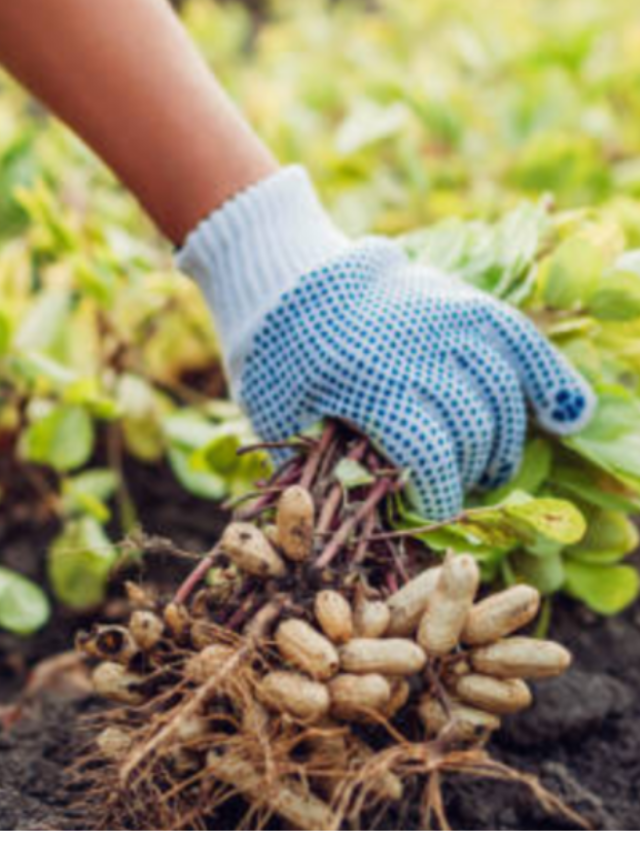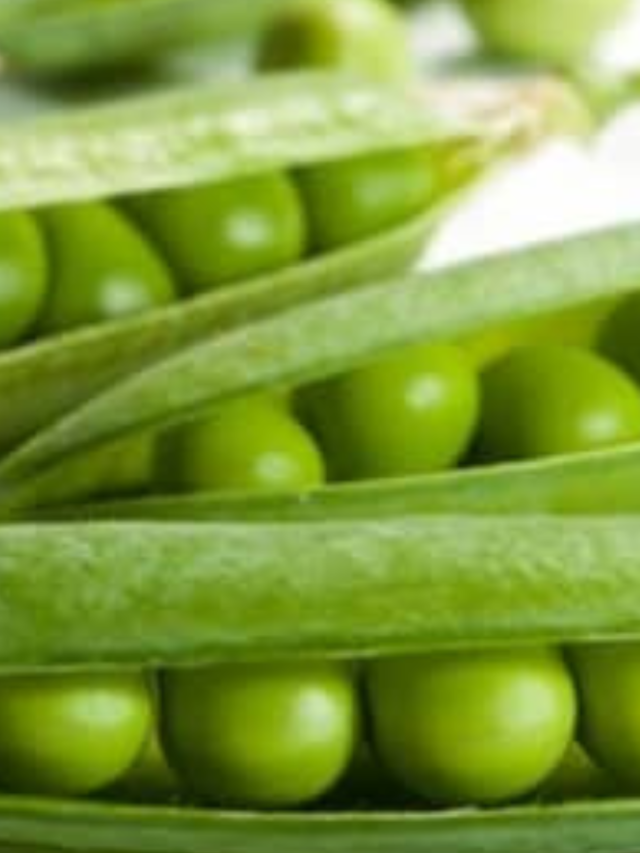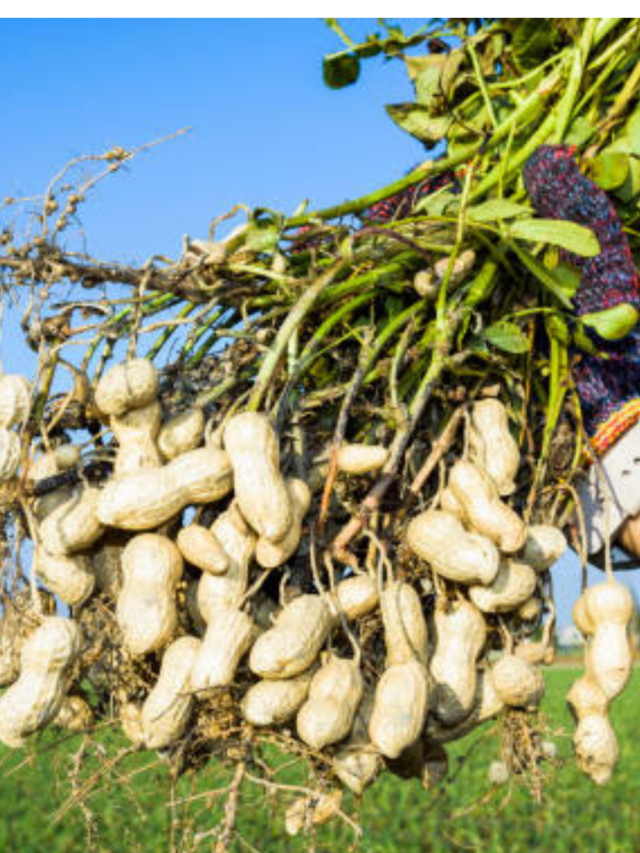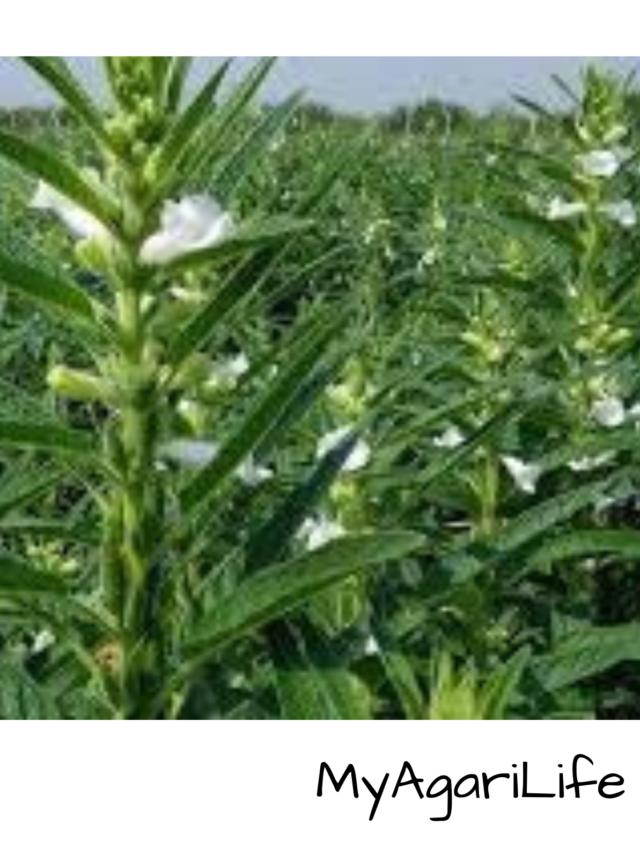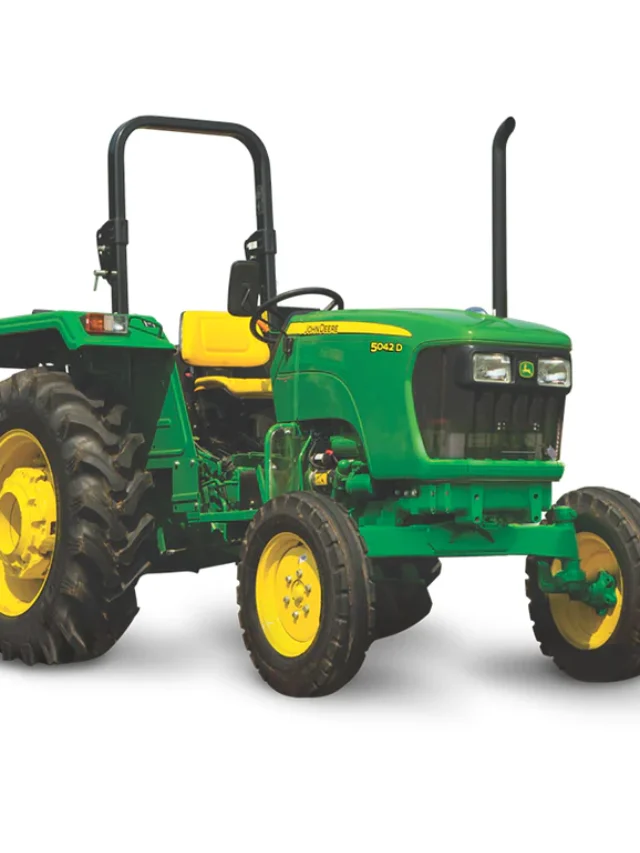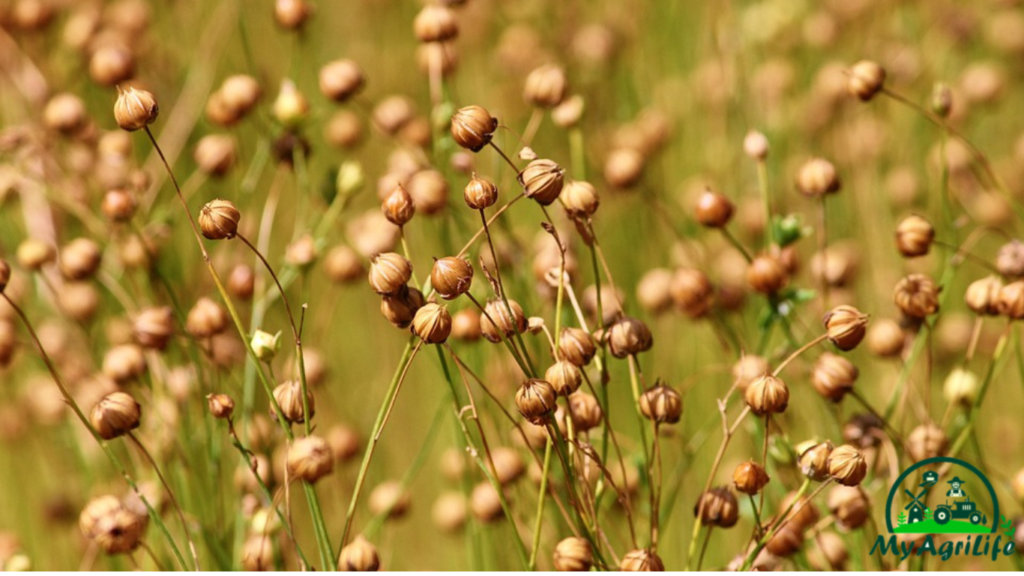
1.What is linseed ?
Linseed, also known as flaxseed, is a crop that is grown for its seeds. The seeds are rich in omega-3 fatty acids, fiber, and other nutrients, and can be used for cooking, baking, and as a nutritional supplement.
2.What are the health benefits of consuming linseed?
Consuming linseed has been associated with numerous health benefits, including improved digestion, lower cholesterol levels, and reduced risk of heart disease and cancer. The high fiber and omega-3 fatty acid content of linseed are believed to be responsible for these health benefits.
3.How is linseed typically consumed?
Linseed can be consumed in a variety of ways, including ground or whole in baked goods, added to smoothies, or sprinkled on top of salads or other dishes. It can also be consumed as a dietary supplement in capsule or oil form.
4.What are some common pests and diseases that affect linseed crops?
Common pests and diseases that can affect linseed crops include rust, powdery mildew, aphids, and thrips. Proper crop management practices, such as crop rotation, timely weeding, and the use of pesticides when necessary, can help prevent and control these issues.
5.What are some common uses of linseed oil?
Linseed oil can be used for a variety of purposes, including as a wood finish, as a binder in oil paints, and as a nutritional supplement for humans and animals. It is also used in the production of linoleum and other products.
6.What are some important considerations when storing linseed?
Linseed should be stored in a cool, dry, and well-ventilated area to prevent spoilage and insect infestations. It should be kept away from direct sunlight and heat sources, and containers should be made of breathable material to prevent moisture buildup. It’s also important to monitor the moisture
7.What climate conditions are suitable for growing linseed?
Linseed is typically grown in regions with cool and moist climates, although it can also be grown in areas with warmer and drier conditions. Ideally, linseed requires a moderate temperature range of 15-25°C and a well-drained soil with good water-holding capacity.
8.What are some common challenges faced by linseed farmers?
Common challenges faced by linseed farmers include weed and pest infestations, soil erosion, moisture stress, and crop diseases. In addition, market volatility and fluctuating prices can also pose challenges for farmers.
9.How is linseed harvested?
Linseed is typically harvested when the plants have turned yellow and the seeds have fully ripened. The crop is cut and then allowed to dry before threshing to separate the seeds from the rest of the plant. The seeds are then cleaned and processed for use.
10.What is the average yield for linseed crops?
The average yield for linseed crops can vary depending on a variety of factors, including the growing conditions, the quality of inputs, and the management practices used. Generally, yields of 800-1,000 kg per hectare can be expected.
11.What are some best practices for linseed farming?
Best practices for linseed farming include proper soil preparation, timely planting, regular weeding and pest management, and careful irrigation and moisture management. Crop rotation and the use of quality inputs, such as fertilizers and pesticides, can also help to ensure a healthy and productive crop.
12.What is the best time to plant linseed?
The best time to plant linseed depends on the climate and growing conditions in the region. In general, linseed is best planted in the spring or early summer when the soil is warm and moist.
13.How much water does a linseed crop need?
Linseed requires moderate amounts of water, and irrigation should be applied when necessary to ensure that the soil remains moist but not waterlogged. The specific water requirements will depend on factors such as the climate, soil type, and growing conditions.
14.What kind of soil is best for growing linseed?
Linseed grows best in well-draining soils that are rich in organic matter. Soil pH should be between 6.0 and 7.5. Heavy soils with poor drainage can lead to root rot, while excessively sandy soils can lead to moisture stress.
15.How long does it take for linseed to mature?
Linseed typically takes around 90-100 days from planting to maturity. Harvesting should be done when the seed pods turn yellow and begin to dry out.
